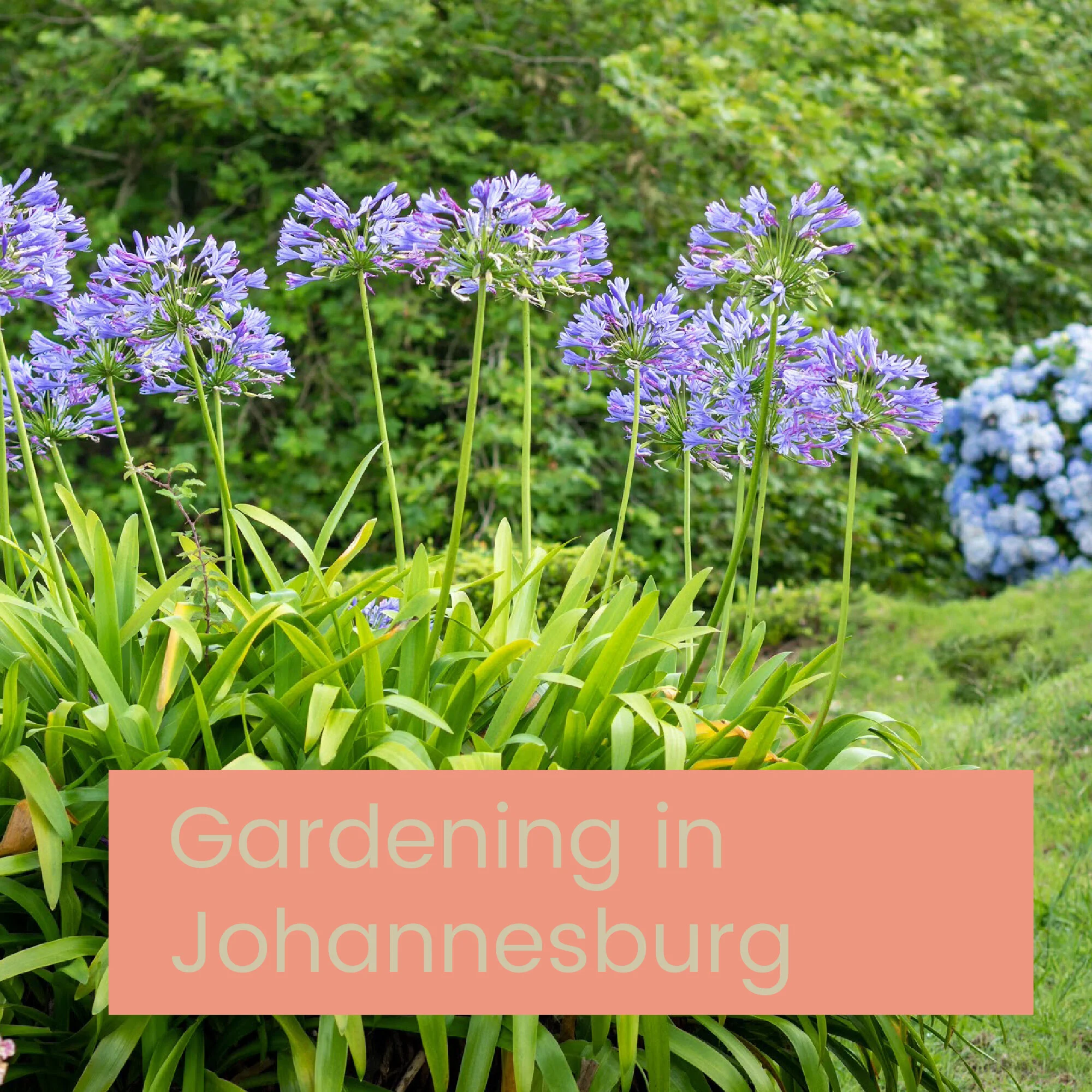A Brief History of South Africa
/South African history is complex, and still evolving. We can definitely recommend reading more in-depth books and articles about South Africa’s past, especially its most recent history, but just to give you an overall picture, this blog post will give you a very brief overview of some of the highlights:
Pre-Colonial History
Although only discovered in the 1900s, hominids like Mrs Ples and Little Foot, some of our earliest human ancestors were living in the area in and around Johannesburg, now known as the Cradle of Humankind.
Long before Europeans arrived in Cape Town, San and Khoi pastoralists were living in South Africa. Nguni tribes were also making their way down into the southern part of Africa in the period between … and by the … were settled as far down as the present-day Eastern Cape province. Read more
1500s
It’s rumoured that ships from China had already visited Africa before the 1500, but the most celebrated “discovery” of the South African coast was by Portuguese explorers, who were the first to map out a route to the East by rounding the Cape, which they called Cabo das Tormentas (Cape of Storms). Read more
1600s: Dutch Settlement
As part of finding a better way to trade with the East, the Dutch East India company (VOC) set up a refresh station at the Cape, which became a more permanent settlement as the need for fresh food, and farmers, grew.
1700s: European Expansion
With an established presence in the Cape, European residents began to resent the control of the VOC and started moving into the interior to set up their own farms as “Free Burghers”. This led to conflict with the Xhosa in the Eastern Cape.
1800s: Voortrekkers And British Expansion
With a drive to grow their empire, Britain soon looked to the Cape and Natal to further solidify their international maritime and colonial growth, which led to conflict with the Dutch authorities, and eventual takeover of the Cape and Natal provinces by the British.
Dissatisfied with being British subjects, farmers known as “Voortrekkers”, moved into the interior in several phases and under different leaders, and settled their own republics in the Transvaal (now Gauteng, Limpopo and Mpumalanga), parts of Natal and the Free State.
During this migration, known as the Great Trek, there was conflict between Voortrekkers and local groups of people like the Zulu, mostly famously at the Battle of Blood River.
British control intensified when diamonds and gold were discovered in the interior in the latter part of the 1800s, which led to conflict with the so-called Boer republics, and the Zulu.
1900s: Gold, Industry And Union
In the early 1900s, South Africa was still a divided country, but eventually, after several negotiations and conflict, South Africa was united as a single country in 1910, and the famous Union Buildings in Pretoria were built to commemorate the occasion.
Since then, there has been an intensive period of conflict and struggle, from involvement in both World Wars, the introduction of segregation by law, the declaration of South Africa as a republic, the rise and fall of apartheid, and the last 20 years of post-apartheid growth and adjustment.
Resistance to apartheid is an integral part of the last 100 years of South African history, and has been there from the very start, when segregation was first enforced. However, it was in the last 40 years that resistance became violent, and uprisings changed the nature of the conflict.
1994- Today:
The New South Africa brought in a different era of South African history, one that still faces challenges of rectifying the wrongs of the past.
The Truth and Reconciliation Commission (TRC) and the CODESA negotiations were a fundamental part of bringing in this time of change, and Nelson Mandela’s humility helped to create the country we know today.
To expand on this very brief overview, we definitely recommend the following:
Long Walk to Freedom by Nelson Mandela
The Illustrated History of South Africa by Herman Giliomee and Bernard Mbenga











